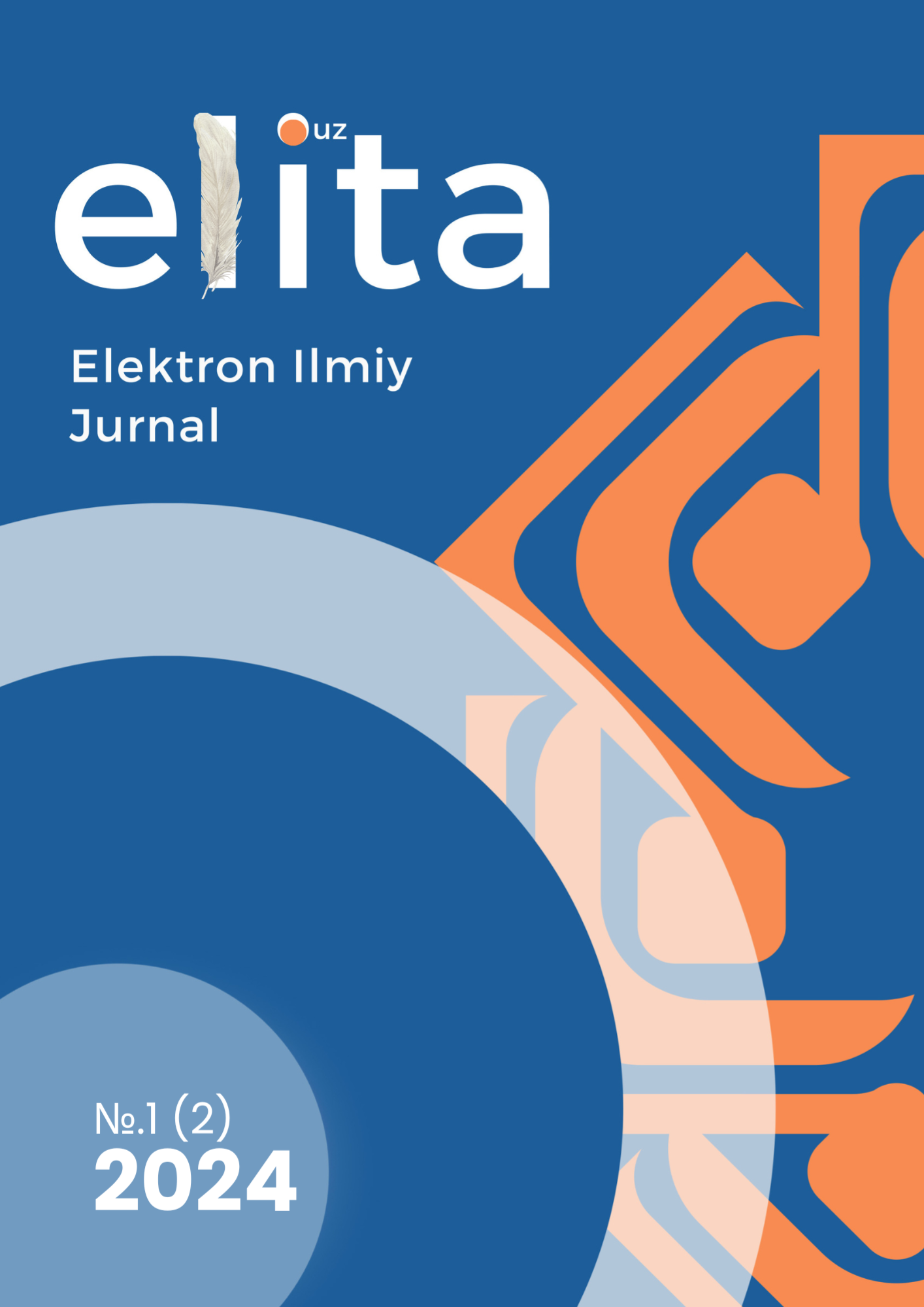The Interplay of Quantum Computing, Blockchain Systems, and Privacy Laws: Challenges and Opportunities
Kalit so‘zlar:
quantum computing, blockchain, privacy laws, cryptography, data security, societal impactAvstrakt
The advent of quantum computing and the rise of blockchain technology are poised to revolutionize various sectors, including finance, healthcare, and supply chain management. However, these cutting-edge technologies also present significant challenges concerning data privacy and security. This article explores the potential impact of quantum computing on blockchain systems and the implications for existing privacy laws. Using the IMRAD (Introduction, Methods, Results, and Discussion) structure, we conduct a comprehensive literature review and analysis of the current state of research in this field. Our findings suggest that while quantum computing poses a threat to the security of blockchain networks, it also offers opportunities for enhancing privacy and developing new cryptographic protocols. We discuss the need for adaptable privacy laws that can keep pace with technological advancements and provide recommendations for future research directions. This article contributes to the ongoing discourse on the interplay between emerging technologies and legal frameworks, highlighting the importance of proactive measures to address the challenges and harness the potential of quantum computing and blockchain systems. We also explore the broader societal implications of these technologies, including their potential impact on financial inclusion, healthcare access, and environmental sustainability.
##submission.citations##
Aggarwal, D., Brennen, G. K., Lee, T., Santha, M., & Tomamichel, M. (2017). Quantum attacks on Bitcoin, and how to protect against them. arXiv preprint arXiv:1710.10377.
Ajtai, M. (1996). Generating hard instances of lattice problems. Proceedings of the twenty-eighth annual ACM symposium on Theory of computing, 99-108.
Bernstein, D. J., Hopwood, D., Hülsing, A., Lange, T., Niederhagen, R., Papachristodoulou, L., ... & Wilcox-O'Hearn, Z. (2017). SPHINCS+: Submission to the NIST post-quantum cryptography standardization project.
Braun, V., & Clarke, V. (2006). Using thematic analysis in psychology. Qualitative Research in Psychology, 3(2), 77-101.
Erbguth, J., & Becher, C. (2020). The future of blockchain technology and the GDPR: An exploratory study. Journal of Information Security and Applications, 54, 102558.
Fedorov, A. K., Kiktenko, E. O., & Lvovsky, A. I. (2018). Quantum computers put blockchain security at risk. Nature, 563(7732), 465-467.
Finck, M. (2018). Blockchains and data protection in the European Union. European Data Protection Law Review, 4(1), 17-35.
Gordon, W. J., & Catalini, C. (2018). Blockchain technology for healthcare: Facilitating the transition to patient-driven interoperability. Computational and Structural Biotechnology Journal, 16, 224-230.
Grover, L. K. (1996). A fast quantum mechanical algorithm for database search. Proceedings of the twenty-eighth annual ACM symposium on Theory of computing, 212-219.
Herian, R. (2018). Regulating blockchain: Critical perspectives in law and technology. Routledge.
Kampanakis, P., Sikeridis, D., & Devetsikiotis, M. (2018). Post-quantum blockchain: A proof-of-work for quantum-resistant networks. 2018 IEEE International Conference on Internet of Things (iThings) and IEEE Green Computing and Communications (GreenCom) and IEEE Cyber, Physical and Social Computing (CPSCom) and IEEE Smart Data (SmartData), 1296-1303.
Kewell, B., Adams, R., & Parry, G. (2017). Blockchain for good? Strategic Change, 26(5), 429-437.
Kosba, A., Miller, A., Shi, E., Wen, Z., & Papamanthou, C. (2016). Hawk: The blockchain model of cryptography and privacy-preserving smart contracts. 2016 IEEE Symposium on Security and Privacy (SP), 839-858.
Millard, C. (2018). Blockchain and law: Incompatible codes? Computer Law & Security Review, 34(4), 843-846.
Preskill, J. (2018). Quantum computing in the NISQ era and beyond. Quantum, 2, 79.
Shor, P. W. (1997). Polynomial-time algorithms for prime factorization and discrete logarithms on a quantum computer. SIAM Journal on Computing, 26(5), 1484-1509.
Tapscott, D., & Tapscott, A. (2016). Blockchain revolution: How the technology behind bitcoin is changing money, business, and the world. Penguin.
Yao, A. C. (1986). How to generate and exchange secrets. 27th Annual Symposium on Foundations of Computer Science (sfcs 1986), 162-167.
Yli-Huumo, J., Ko, D., Choi, S., Park, S., & Smolander, K. (2016). Where is current research on blockchain technology?—A systematic review. PloS One, 11(10), e0163477.


